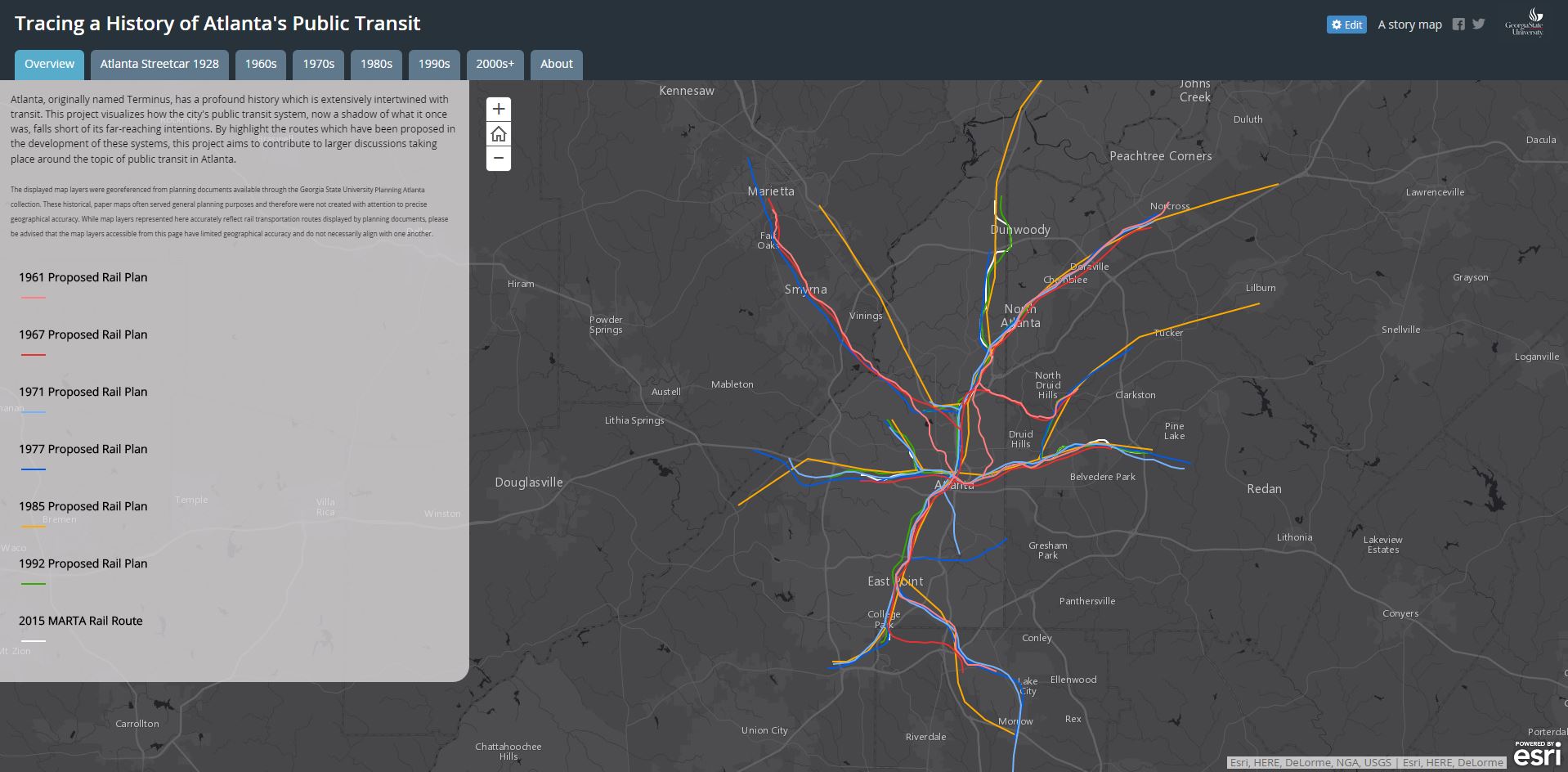The past few months working as a SIF had a much different vibe. I’ve moved on to much more expansive projects, and to be honest, it has been overwhelming to an extent. Not really because of how much work there is, but just because of how different things are. Each project has a different pace, you work with different people, and you have different goals. It’s rewarding though, since you learn how to adjust to all these things.
A lot of my recent work has been with the Oculus Rift, which is a head mounted device designed for virtual reality. It sounds really cool when you describe it, and it is really cool. However it has been a pain to setup for me because of its specifications needed to run, some of which my laptop doesn’t have. But the times it worked has been very rewarding, and it makes me more excited for the integration of it into some of the projects.
Although there will hopefully be better integration of the Rift with the famous 3d Atlanta, I am specifically excited for a project that we are just now beginning to work on. I don’t believe it has an official name, but I’ll spend the rest of this post to describe it. We are working with an “artistorian” named Glenn who had a brilliant idea of using the Oculus Rift to create a game for those who are blind and eventually determine if they are able to create “mental maps.” The game will be simple: there will be a sound coming from a part of the room and the player will look in that direction in order to pinpoint it. This all may sound very vague, and in this stage it is, but hopefully in the coming weeks we’ll be able to show everyone something and further explore the capabilities of the Rift.
Thanks for reading,
Shakib




